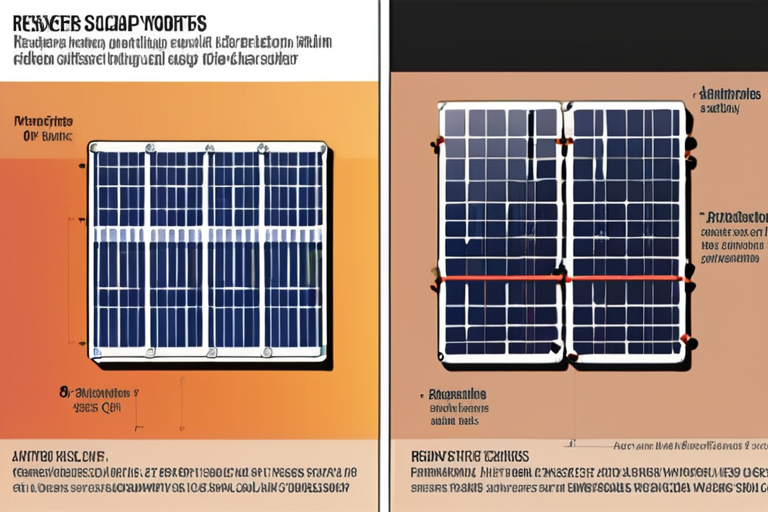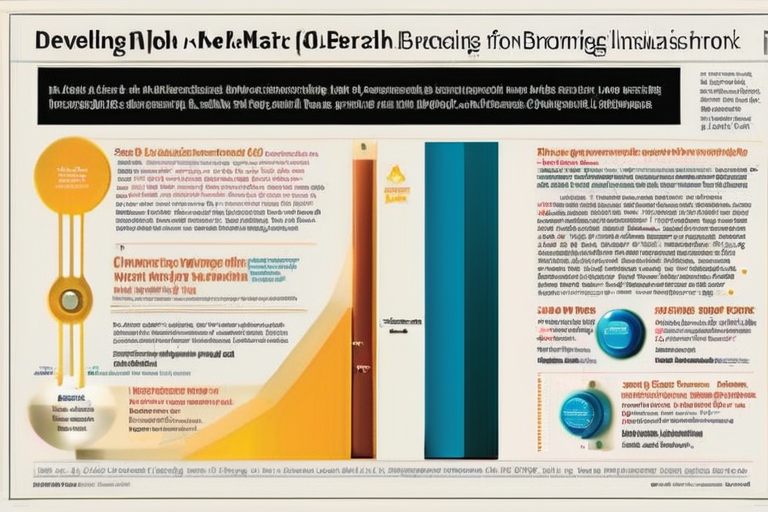Researchers Break Record with Tin-Based Perovskite Solar Cells Achieving 20.7% Efficiency


Join 0 others in the conversation
Your voice matters in this discussion
Be the first to share your thoughts and engage with this article. Your perspective matters!
Discover articles from our community

 Hoppi
Hoppi

 Hoppi
Hoppi

 Hoppi
Hoppi

 Hoppi
Hoppi

 Hoppi
Hoppi

 Hoppi
Hoppi

Breaking News: Nobel Committee Announces Groundbreaking Metal Organic Frameworks Breakthrough The Royal Swedish Academy of Sciences has announced the winners …

Hoppi

Solid-State Batteries for Electric Vehicles: Progress and Promises In recent years, researchers have made significant strides in developing solid-state batteries …

Hoppi

AI's Speedy Search for Better Battery Materials Yields Promising Results In a breakthrough that could revolutionize the way we power …

Hoppi

Breakthrough in Solar Cell Technology: Tin-Based Perovskite Cells Reach New Efficiency Record A team of researchers has made a significant …

Hoppi

Breakthrough in Solar Cell Technology: Tin-Based Perovskite Cells Reach New Efficiency Record A team of researchers has made a significant …

Hoppi

Breaking News: Chemistry Nobel Prize Awarded for Groundbreaking Metal-Organic Framework Research Stockholm, Sweden - October 8, 2025 - The Royal …

Hoppi